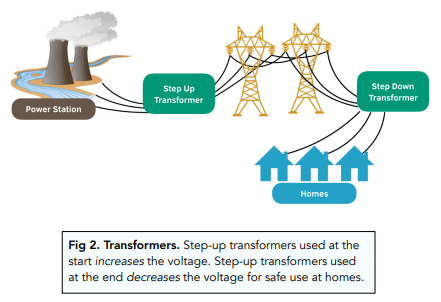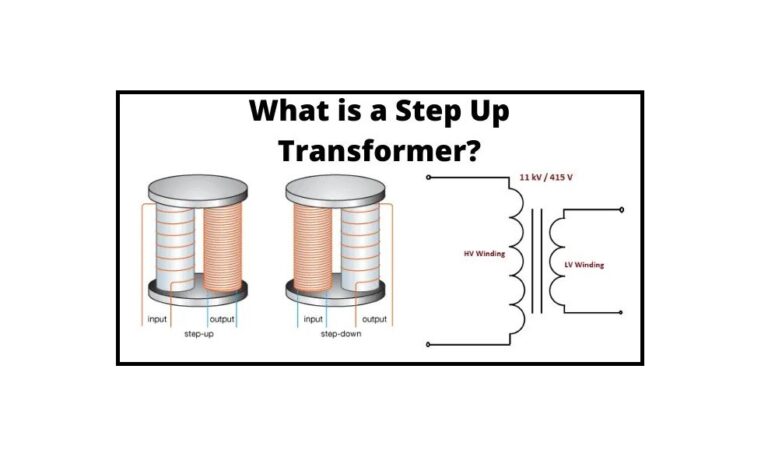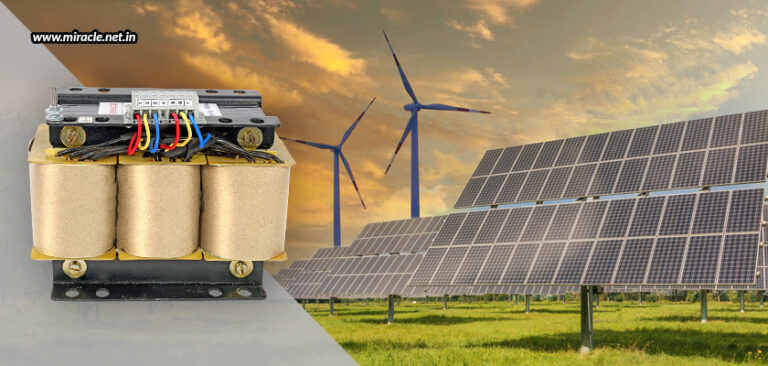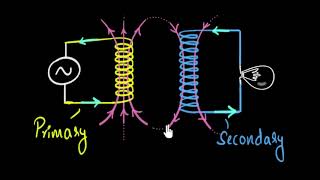Cross the Wires: How Step-Up Transformers Enable Efficient Power Transmission
In the complex dance of generating and distributing electrical power, engineers rely on a critical partner to skyrocket voltages and transport power across the country or world with utmost efficiency—Step-Up Transformers. These unsung heroes of the power industry play an instrumental role in amplifying the voltage so that electricity can surge across high-voltage transmission lines, minimizing energy loss. For electrical engineers, understanding the intricacies of these transformers is not just an academic exercise but a necessity for optimizing the grid’s reliable performance. This article deep-dives into the world of Step-Up Transformers, exploring their significance, applications, limitations, and the innovative future they herald for power transmission.
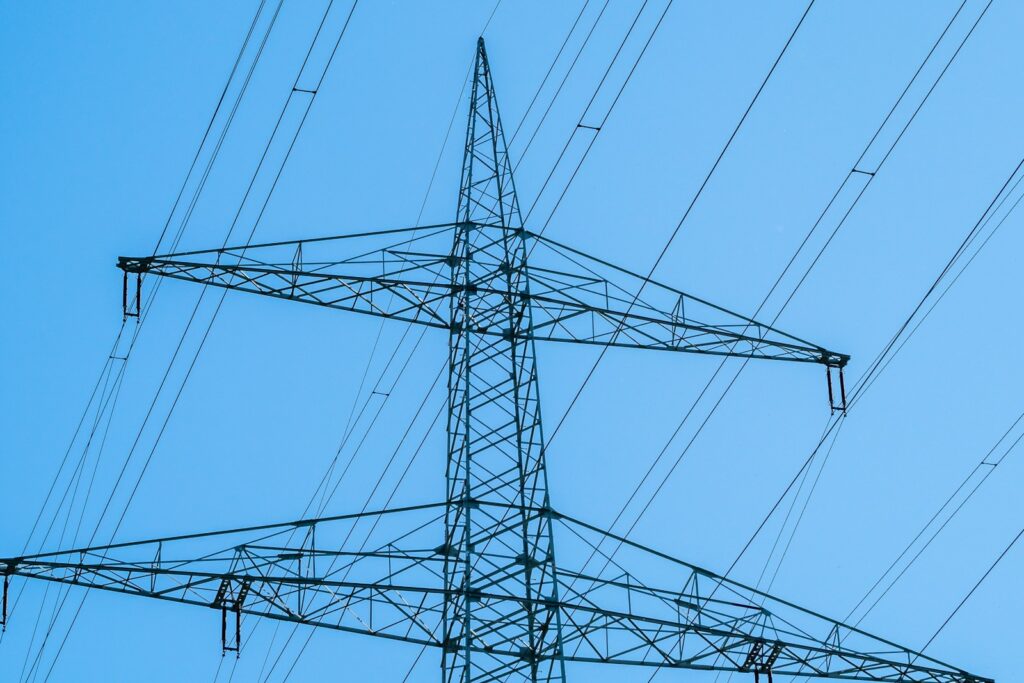
Understanding Step-Up Transformers
Definition and Basic Principles
At their core, Step-Up Transformers are devices that increase voltage from primary to secondary windings, typically while decreasing current in the secondary relative to the primary. They operate on the principles of electromagnetic induction, a foundational concept in electrical engineering. This process of voltage transformation without loss of power is fundamental to understanding how Step-Up Transformers function. When voltage is increased, current is proportionally decreased (P = VI). This inverse relationship is crucial in the step-up process, where the primary goal is to reduce current to minimize energy loss during transmission.
Key Components and Their Functions
A Step-Up Transformer consists of a magnetic core and two sets of windings—an input or primary winding and an output or secondary winding. The windings are insulated from each other and from the core to prevent short circuits. When an alternating current (AC) flows through the primary winding, a changing magnetic field is produced in the core, inducing an alternating current in the secondary winding. Since the primary and the secondary windings are designed with a different number of coils, the voltage is transformed. The core, typically made of iron or steel, concentrates and directs the magnetic field to increase efficiency.
Types of Step-Up Transformers
Step-Up Transformers come in different types, but the most common are the iron core and the air core transformers. Iron core transformers offer higher efficiency and are more commonly used in power applications. Air core transformers, on the other hand, provide better quality in terms of waveform as they are immune to saturation and hysteresis losses.
The Role of Step-Up Transformers in Power Transmission
Step-Up Transformers act as the gatekeepers of long-distance power transmission. When power is produced in a generator, it comes out at a voltage too low for efficient transmission. The Step-Up Transformer boosts the voltage to levels that can travel across transmission lines spanning hundreds of miles with significantly reduced power loss, as power loss is directly proportional to the current flowing through the lines.
How They Enable Efficient Long-Distance Power Transmission
An exemplary scenario is a power plant situated far from a city. The energy produced by the plant’s generators may have a voltage of a few hundred kilovolts, which is too low for optimal long-distance transmission. This power is then fed into Step-Up Transformers, usually several of them in series, until it reaches ultra-high-voltage (UHV) levels (usually above 800 kV). The ultra-high voltage results in a much lower current, reducing energy loss and delivering electricity efficiently.
Examples of Their Use in Real-World Power Systems
Real-world power systems leverage Step-Up Transformers to sustain energy transmission. One such example is the “backbone” system in a country that feeds several smaller distribution networks. The backbone system typically operates at ultra-high-voltage levels and is supported by Step-Up Transformers stationed at intervals to maintain this voltage level. Another prominent instance is in renewable energy, where Step-Up Transformers help connect offshore wind and solar farms to land-based systems, optimizing power flow and efficiency.
Advantages and Limitations
Benefits of Using Step-Up Transformers
Utilizing Step-Up Transformers in power transmission delivers several key benefits. By converting power to higher voltages, the current is reduced, which in turn minimizes resistive losses in transmission lines. This approach allows for the efficient use of resources and helps to lower the global carbon footprint. Also, Step-Up Transformers are instrumental in isolating power systems at various voltage levels, providing surge protection and lowering electrical noise in the process.
Challenges and Considerations in Their Application
While Step-Up Transformers offer numerous advantages, they are not without limitations. The equipment itself can be costly and requires maintenance to ensure the insulation on the windings remains intact. Furthermore, energy transmission at very high voltages can pose safety risks to maintenance personnel and the public, necessitating stringent safety measures and infrastructure.
Innovations and Future Trends
The power industry is ripe with innovation, and Step-Up Transformers are not exempt. Recent advancements focus on improving the efficiency of energy conversion and reducing the size and weight of transformers. Nanocrystalline and amorphous materials are being explored for transformer cores, offering lower losses and higher efficiency. The use of advanced cooling techniques and solid-state transformers that can regulate voltage without physical transformation are also on the horizon.

In the future, smart grid technologies may integrate with Step-Up Transformers to create self-healing grids that can adapt to changes and reroute power on the fly. These technologies promise more resilient power systems, capable of handling unexpected demands and disturbances.
Conclusion
Step-Up Transformers play an indispensable role in the world’s power infrastructure. Their ability to elevate voltage levels for efficient long-distance transmission of energy is pivotal to our energy-dependent society. For electrical engineers, staying abreast of the latest developments in transformer technology is critical to meeting the demands of an evolving grid. By understanding the intricacies and potentials of Step-Up Transformers, engineers can foster a more reliable, efficient, and greener power landscape.
For those vested in electrical engineering, whether you are a student, professional, or an enthusiast, continually learning about transformers and related technologies is paramount. It’s an area brimming with opportunities to lead the charge in sustainable energy and shape a more electrifying future.
The narrative of step-up transformers is not just about crossing wires; it is about bridging the gap between power generation and consumption, ensuring that energy reaches every nook and corner with minimal waste.

